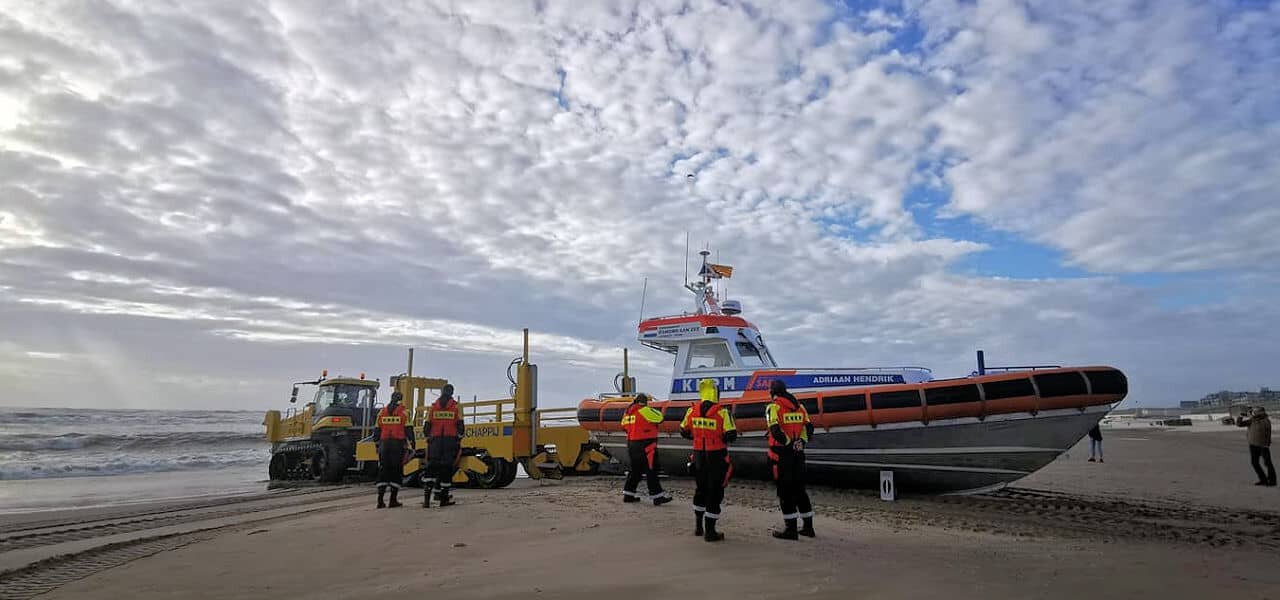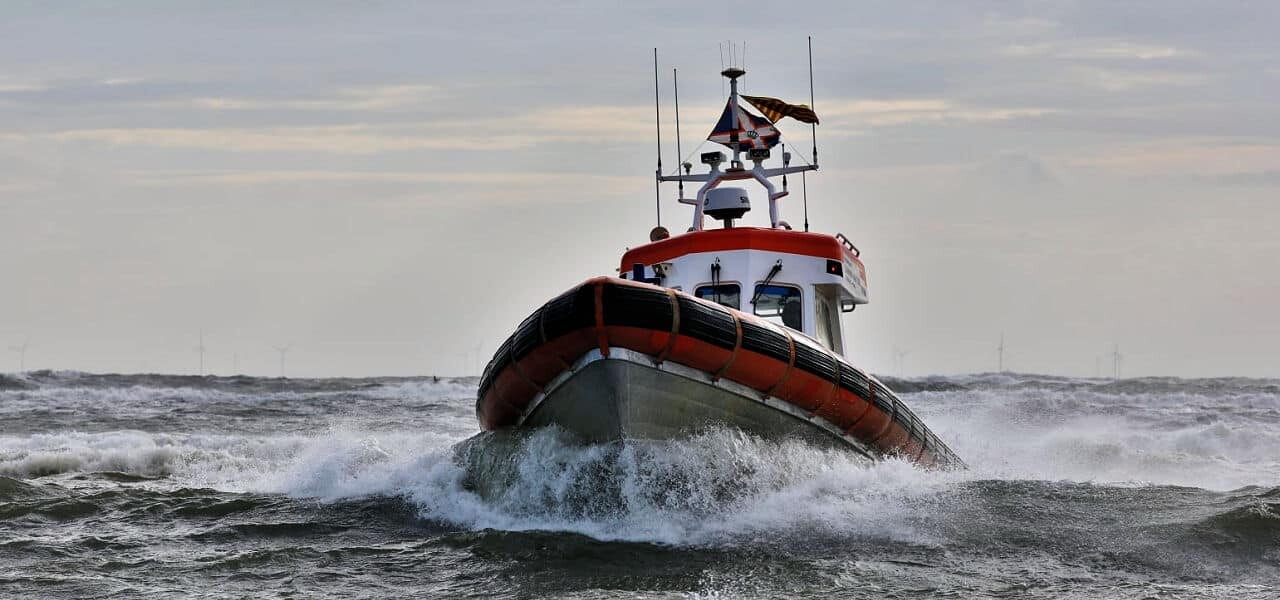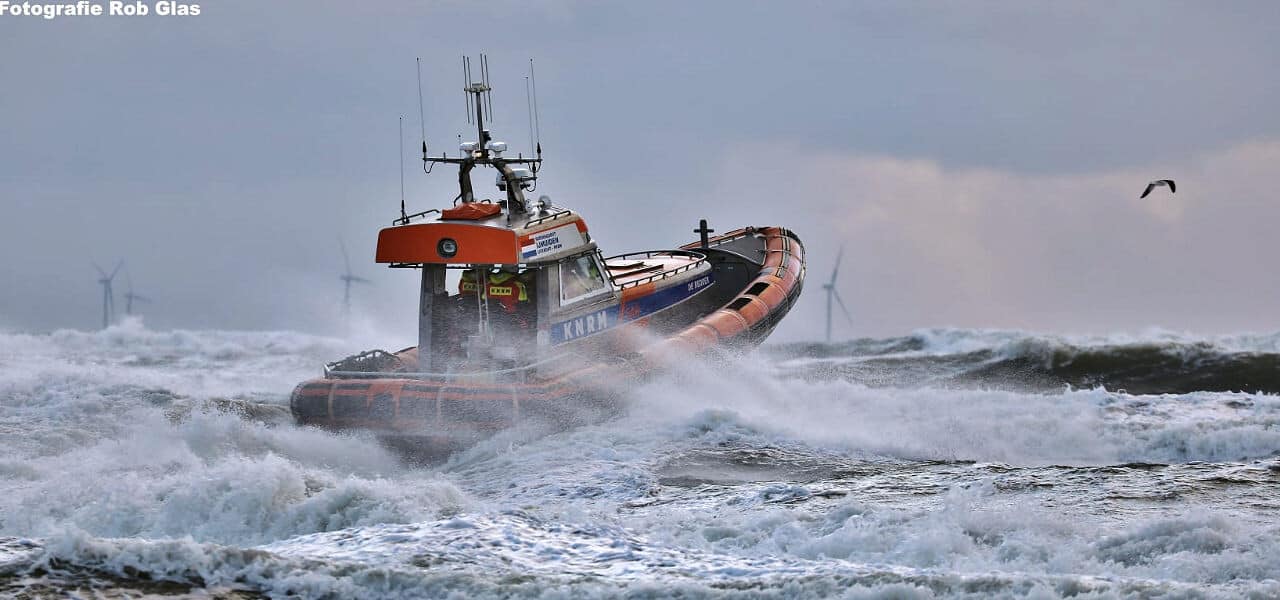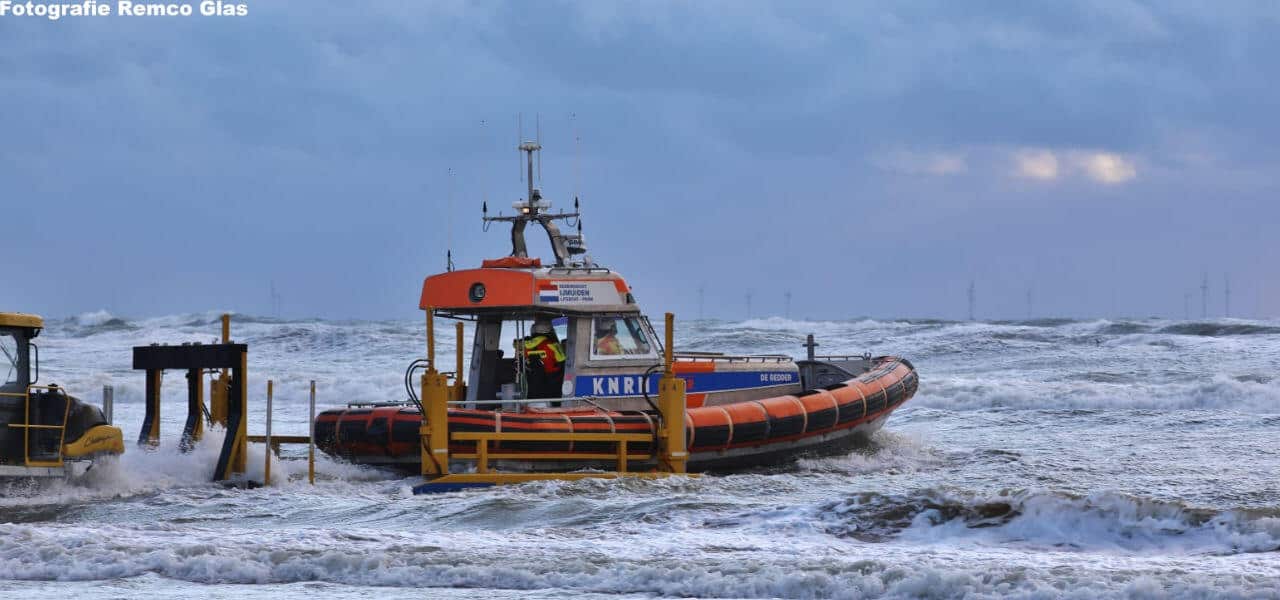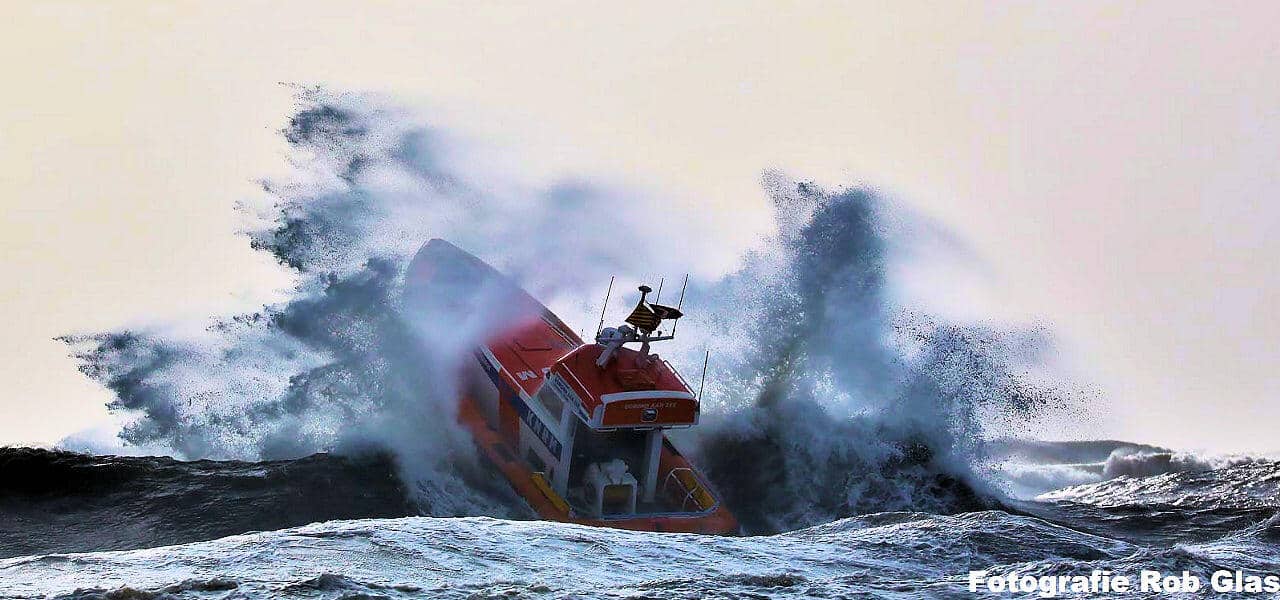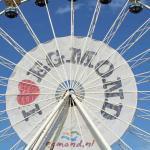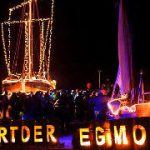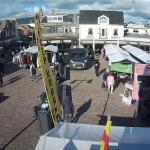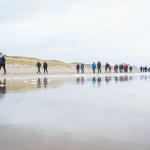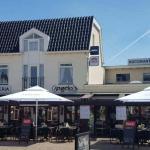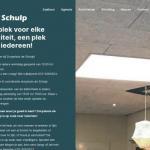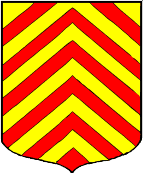About us
The Royal Dutch Rescue Society helps and rescues people in distress on the water. Rescuers and lifeboats spring into action after an alert. KNRM has 45 rescue stations along the coast. The 75 lifeboats are manned by 1,400 volunteers. KNRM comes into action more than 2,000 times a year for distress calls in which more than 3,000 people are helped or rescued.

KNRM station Egmond aan Zee
One of North Holland’s busiest seaside resorts with its numerous forms of coastal recreation.
- Alerting in case of emergency
Phone 0900 0111
via Coast Guard Center - 112 via security control room
- VHF channel 16
via Coast Guard Center Den Helder - App www.knrm.nl/helptvia KNRM Alarm Center
History:
Since 1824
Boathouse:
Boathouse Egmond aan Zee
Visiting address:
Boulevard South 5
1931 AA Egmond aan Zee
Email boathouse:
station@egmond.knrm.nl
Telephone boathouse:
072 506 1354
In case of no answer:
KNRM IJmuiden Office
Tel: 0255-54.84.54
Lifeboat:
Crew:
27 volunteers
Secretary:
B. van Winden
Commission:
7 volunteers
Will you help?
Everyone can help KNRM help people in distress on the water even better! When you support KNRM, you contribute to a safer environment on and around the water. You help to train our volunteers to become professional lifeguards so that everyone in the Netherlands can count on the help of KNRM 24 hours a day.
The work of KNRM is made possible by the 101,000 donors who donate voluntarily. People who, in modest ways, with small donations and gifts, or in generous ways, with periodic gifts, wills or bequests, have made the work of KNRM possible for more than 195 years. Will you also participate? On this page you will find all the ways you can help KNRM.
Become a lifeguard on shore
As a Rescuer ashore you support KNRM with a fixed amount per month, quarter, half or full year.
There is no minimum contribution; any amount is welcome. Not for nothing does KNRM call its donors Lifesavers ashore. You give on a voluntary basis and belong to the 1,400 volunteer rescuers as a matter of course. Together we are the KNRM.
We handle the money you have given us with economy and diligence. With your contribution, we ensure that the volunteer rescuers are properly trained and educated and that the materials meet the highest standards. Your gift today is tomorrow’s salvation!
KNRM in your will
You can ensure rescue work for the future by including KNRM in your will. This special commitment allows volunteer rescuers to be provided with the best materials and training. Even after your death, your encore can still mean a lot to a lot of people, both volunteer rescuers and those rescued.
If you are considering bequeathing (in addition to your loved ones) to KNRM, you should have a will made. You can arrange this through the notary. A will is a document drafted by the notary describing who will inherit what part of your property or assets after your death. By the way, you can change your will again at any time through a notary public. Visit our wills page for more information.
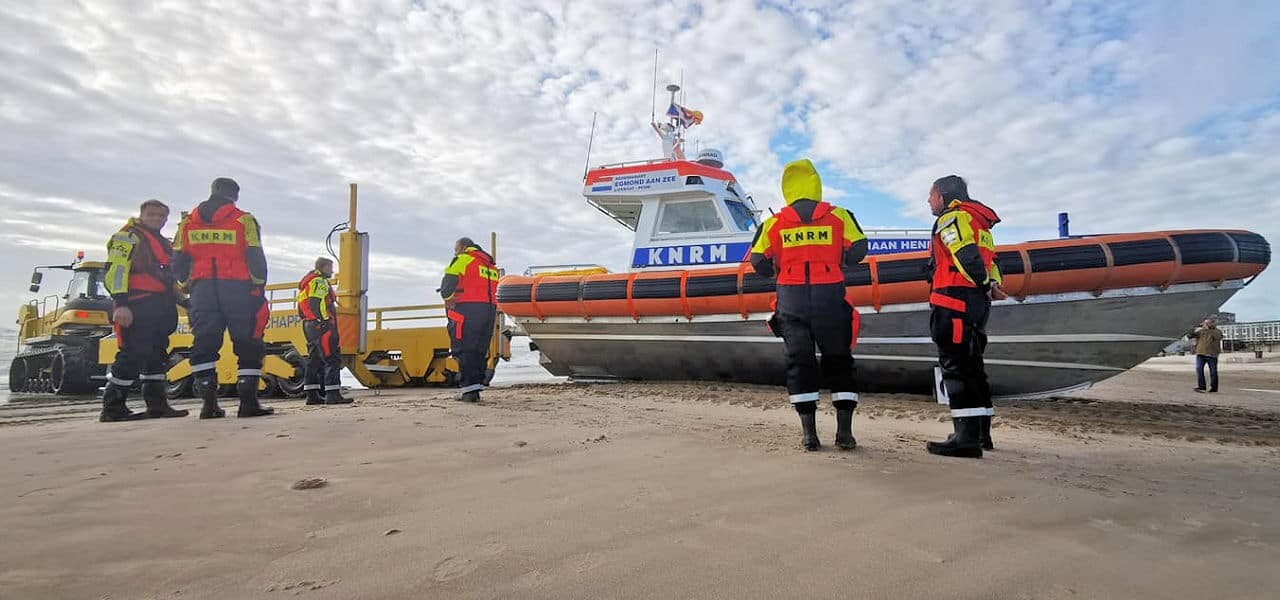
Beach visitors
For beachgoers, there are many dangers you can encounter. After all, swimming in the sea is different from swimming in a pool. The sea flows and is always moving, even when you don’t see it. The most dangerous situations occur around mussels.
And mui is a deeper section across the shoreline between two sandbars. The water between the beach and the sandbars flows toward these deeper sections at high tide and low tide. This creates a powerful current toward the sea.
Swim among the flags
KNRM operates under the international surveillance system with red and yellow flags delineating the swimming area where beachgoers can bathe or swim under supervision between the flags and lifeguards guarantee assistance within 5 minutes. Outside this zone, lifeguards provide limited supervision.
What do you do when you run into a mui?
Go with the flow
Attract the attention of people on the side
Stay calm and swim calmly
When the current eases swim slightly parallel to shore
Then swim toward the breaking waves (shallow)
Rest when there is ground underfoot again
Tips from KNRM Lifeguards:
- Always swim between the red/yellow flags in the supervised swimming area
- Read the warning signs present with safety information
- Seek advice from a lifeguard / lifeguard
- Never swim alone and don’t go too deep
- If you get in trouble, stay calm, try to float and attract the attention of bystanders or lifeguards.
- Children always under parental supervision
- Leave your airbed aside when the wind is blowing toward the sea. Are you floating away with your airbed? Paddle with your arms gently angled toward the beach.




